
Mode symmetry-broken mechanism for enhancing optical trapping behavior. Credit: Yuanhao LOU, Xiongjie NING, Bei WU, Yuanjie PANG
Optical tweezers use light to immobilize microscopic particles as small as a single atom in 3D space. The basic principle behind optical tweezers is the momentum transfer between light and the object being hold. Much analogous to the water pushing on a dam that blocks the stream, light pushes onto objects (and also attracts them) that make the light bend. This so-called optical force can be designed to point to a certain point in space, where the particle will be held. In fact, the optical trapping technique has so far won two Nobel Prizes, one in 1997 for holding and cooling down single atoms, a second in 2018 for offering biologists with a tool to study single biomolecules such as DNA and proteins.
Researchers led by Prof. Yuanjie Pang at Huazhong University of Science and Technology (HUST), China, are interested in fiber optical tweezers, where the light and the particles are manipulated at the tip of an optical fiber. This technique eliminates the requirement of conventional, bulky, optical accessories such as microscope objectives, lenses, and mirrors.
Their idea is to start with a perfectly annular symmetric light mode that can only be transmitted in the optical fiber and will not leak into the surrounding space through the fiber tip, and have a particle to break the mode symmetry and thereby scatter light into the space. This way, by changing the symmetry and the momentum of the light, the particle receives a reactive force that holds it at the fiber tip. The researchers predict potential applications such as performing an in-vivo single bioparticle manipulating experiment by using the fiber optical tweezer as an endoscope in the interior of a living animal.
The work entitled “Optical trapping using transverse electromagnetic (TEM)-like mode in a coaxial nanowaveguide” was featured on the cover of Frontiers of Optoelectronics.
Reference: “Optical trapping using transverse electromagnetic (TEM)-like mode in a coaxial nanowaveguide” by Yuanhao LOU, Xiongjie NING, Bei WU and Yuanjie PANG, 15 December 2021, Frontiers of Optoelectronics.
DOI: 10.1007/s12200-021-1134-3
About Higher Education Press
Founded in May 1954, Higher Education Press Limited Company (HEP), affiliated with the Ministry of Education, is one of the earliest institutions committed to educational publishing after the establishment of P. R. China in 1949. After striving for six decades, HEP has developed into a major comprehensive publisher, with products in various forms and at different levels. Both for import and export, HEP has been striving to fill in the gap of domestic and foreign markets and meet the demand of global customers by collaborating with more than 200 partners throughout the world and selling products and services in 32 languages globally. Now, HEP ranks among China’s top publishers in terms of copyright export volume and the world’s top 50 largest publishing enterprises in terms of comprehensive strength.
About Frontiers of Optoelectronics
Frontiers of Optoelectronics (FOE) aims at introducing the most recent research results and the cutting edge improvements in the area of photonics and optoelectronics. It is dedicated to be an important information platform for rapid communication and exchange between researchers in the related areas. The journal publishes review articles, research articles, letters, comments, special issues, and so on. The Editors-in-Chief are Academician Qihuang Gong from Peking University and Prof. Xinliang Zhang from Huazhong University of Science and Technology. FOE has been indexed by ESCI, Ei, SCOPUS, CSCD, Source Journals for Chinese Scientific and Technical Papers and Citations, etc. FOE is fully open access since 2022.

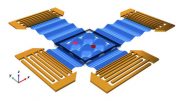
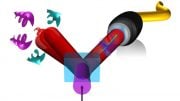

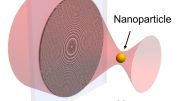

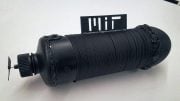
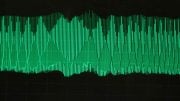
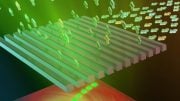
… very nice to see that some guy which nick name is MI^ is interested in very interesting physical phenomenon of “Force”…